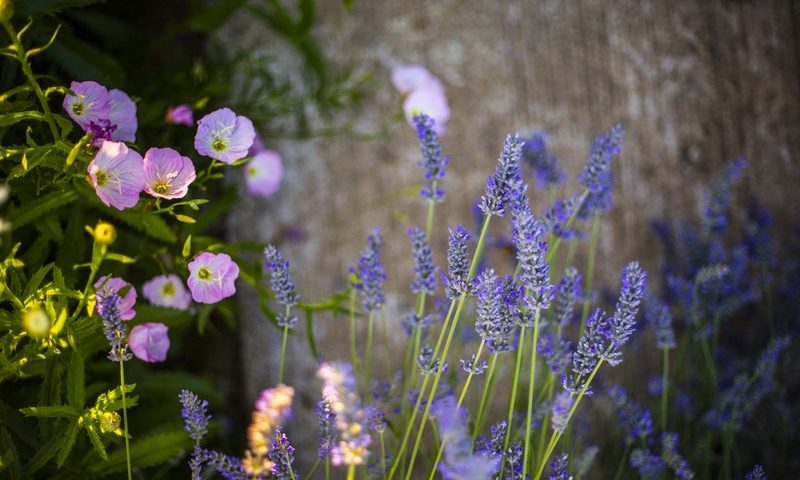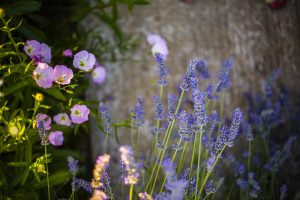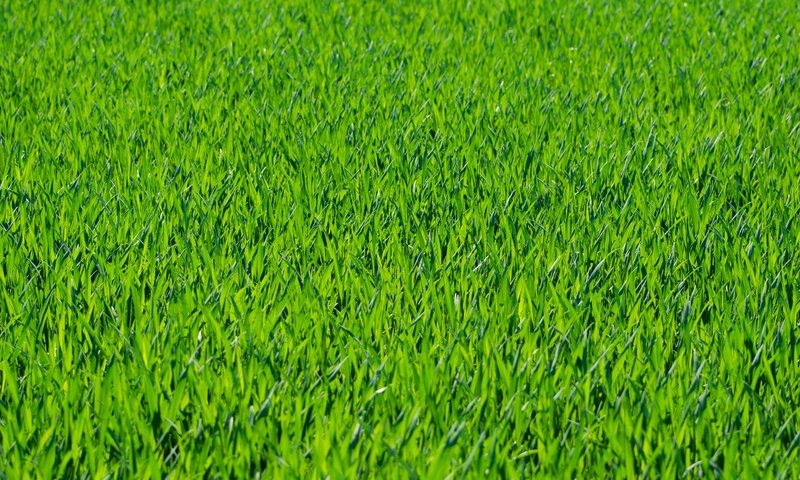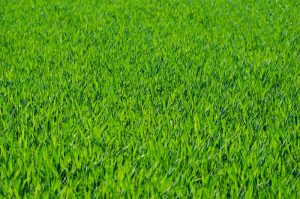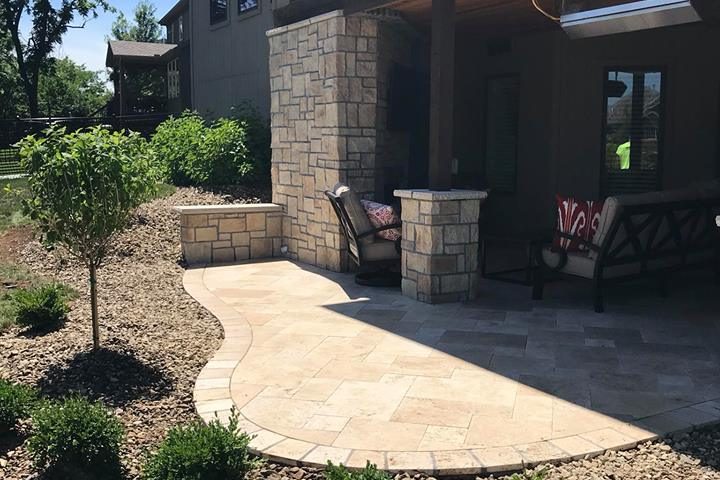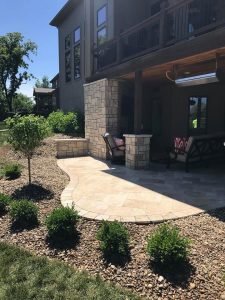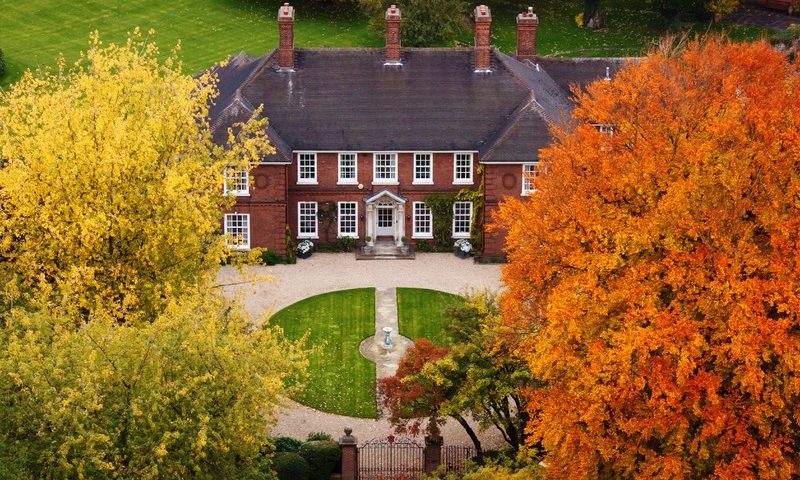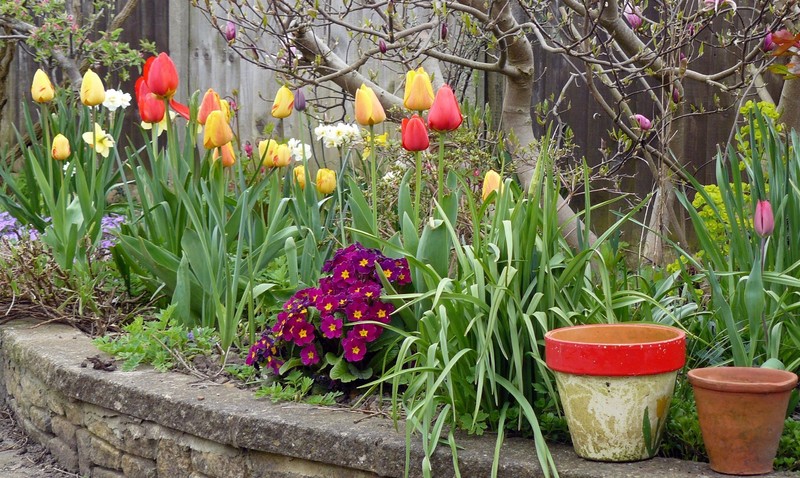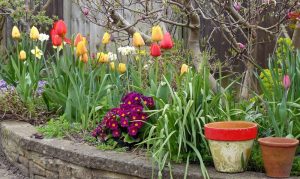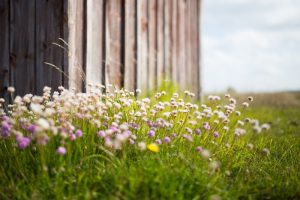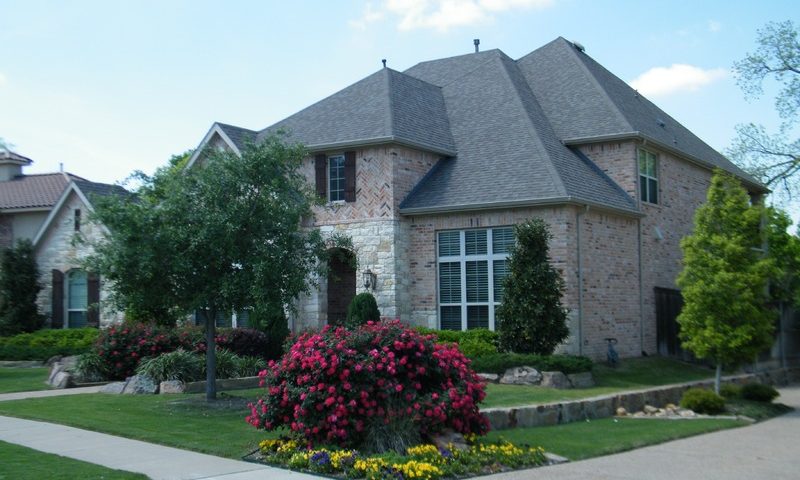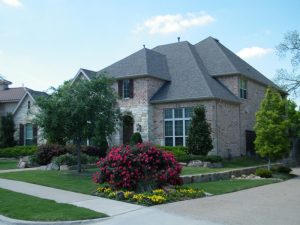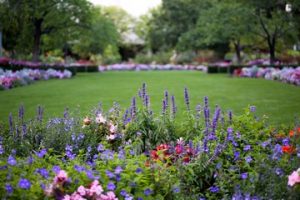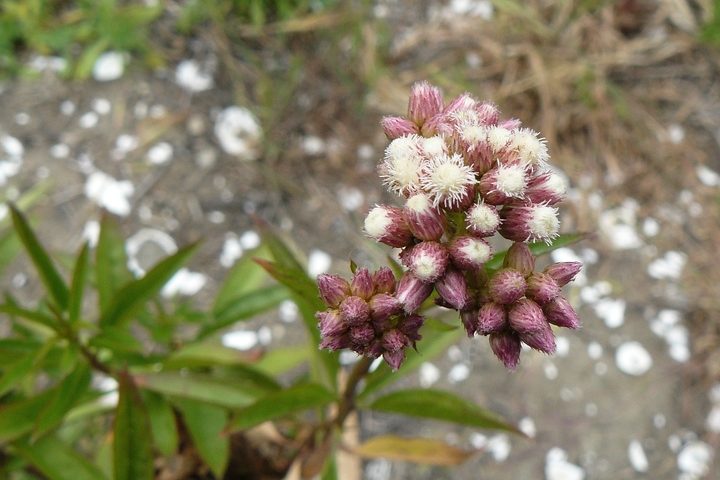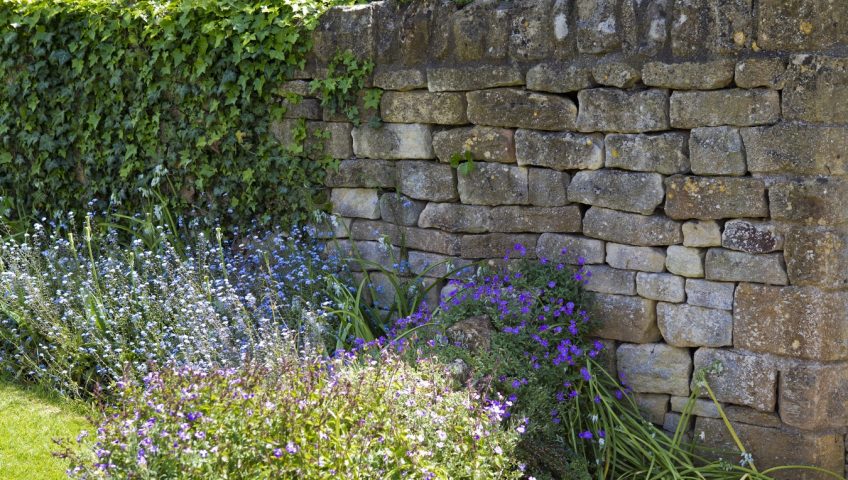Start with Basics
It’s ok if choosing flowers for your landscape is overwhelming. There are so many choices, a rainbow of colors, and considerations that reach beyond picking what you think is pretty—like budget, the amount of time you have to tend your landscape, the composition of your soil, and what grows well in your climate.
So let’s start with the basics. First, flowers are typically organized in one of three categories at the nursery: annuals, biennials, and perennials. Here’s the difference: annuals live for one season only. Biennials live for two years. And perennials come back year after year.
Knowing this can help you decide which flowers best fit your current goals and lifestyle. For instance, if you’re planning to move soon or want to experiment with flower type and placement, annuals or biennials might be a good choice. Or, if you have settled into your dream home and know exactly how you want your landscape to look, perennials will continue to flower every year.
Remember that annuals will flower in one season, but biennials won’t. Instead, a biennial grows and stems, but doesn’t bloom. This means the flowering doesn’t happen until year two. Choosing these means you have to have patience, but the results are so often breathtaking: think of a field of poppies or Black-Eyed Susans!
Should I Plant Annuals or Perennials?
There’s no one-size-fits-all answer to this question other than to say that rarely does one have to choose one over the other. There are so many considerations when it comes to choosing the right flowers for your Olathe landscape, only one of which is how often you want to replant those plants.
If you’re looking solely at how long plants will last, think about this: planting annuals has to be done more often (every year) than choosing perennials. If you’ll be in your home for more than a year or two, and you’re most concerned with not planting every year, then planting perennials might be your best option.
However, choosing annuals means you can vary your plants year to year. This means the overall look of your landscape can change more often. Weighing these considerations: the time that must be invested vs. the ability to change how your landscape looks can help you determine which plan to implement.
Why Pick Just One Flower Type?
If you aren’t steadfastly set on either planting only once (as might be the case with perennials) or being able to completely change your garden every year (as might be the case with annuals), your best option might be to plant a combination of annuals, biennials, and perennials.
Employ the Olathe Flower and Landscape Experts
No one knows what grows best in Olathe gardens like local landscape experts. Curious about which flowers grow well in the Johnson County area? Give us a call; we’d love to talk to you about your landscaping projects.


